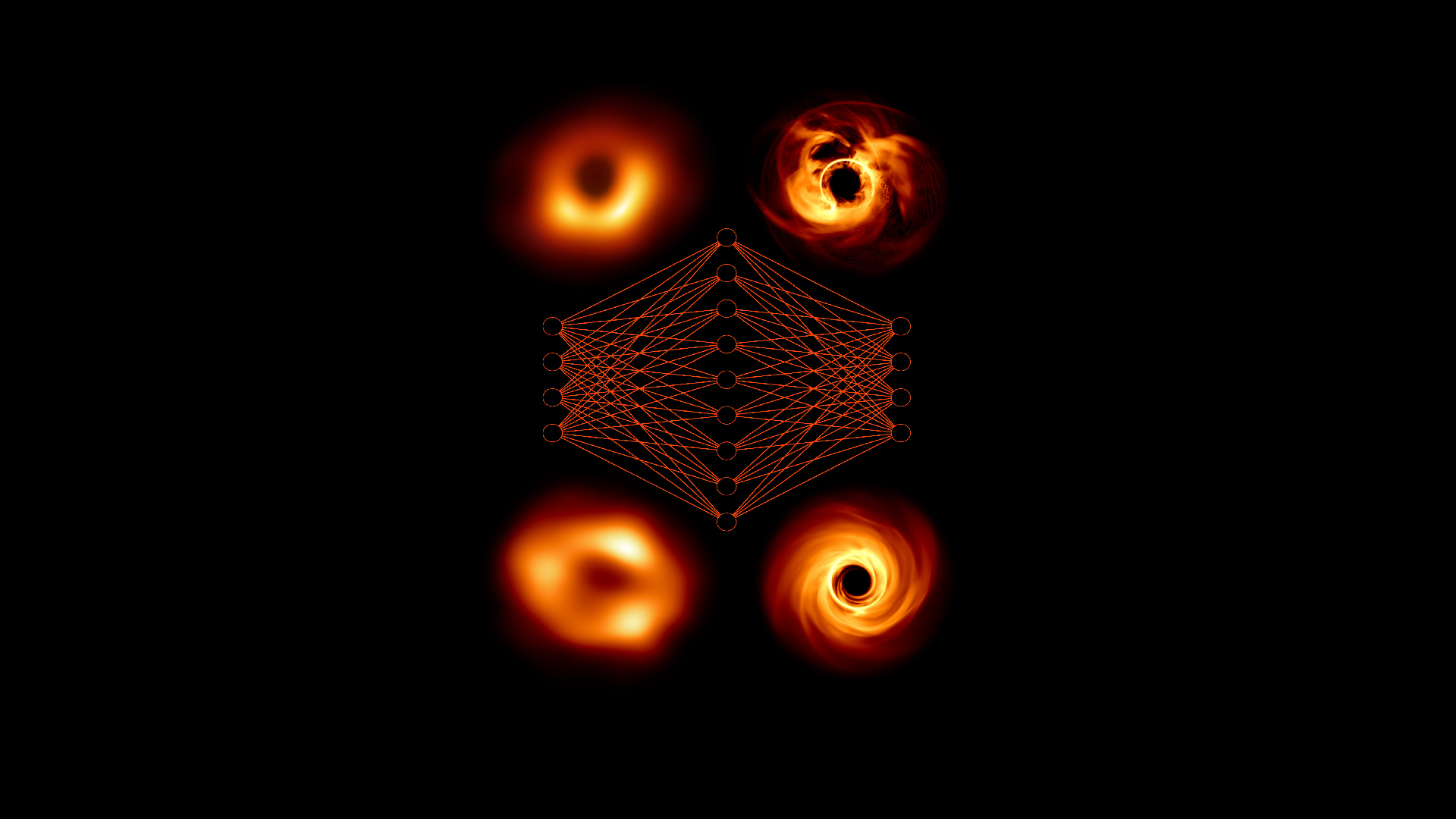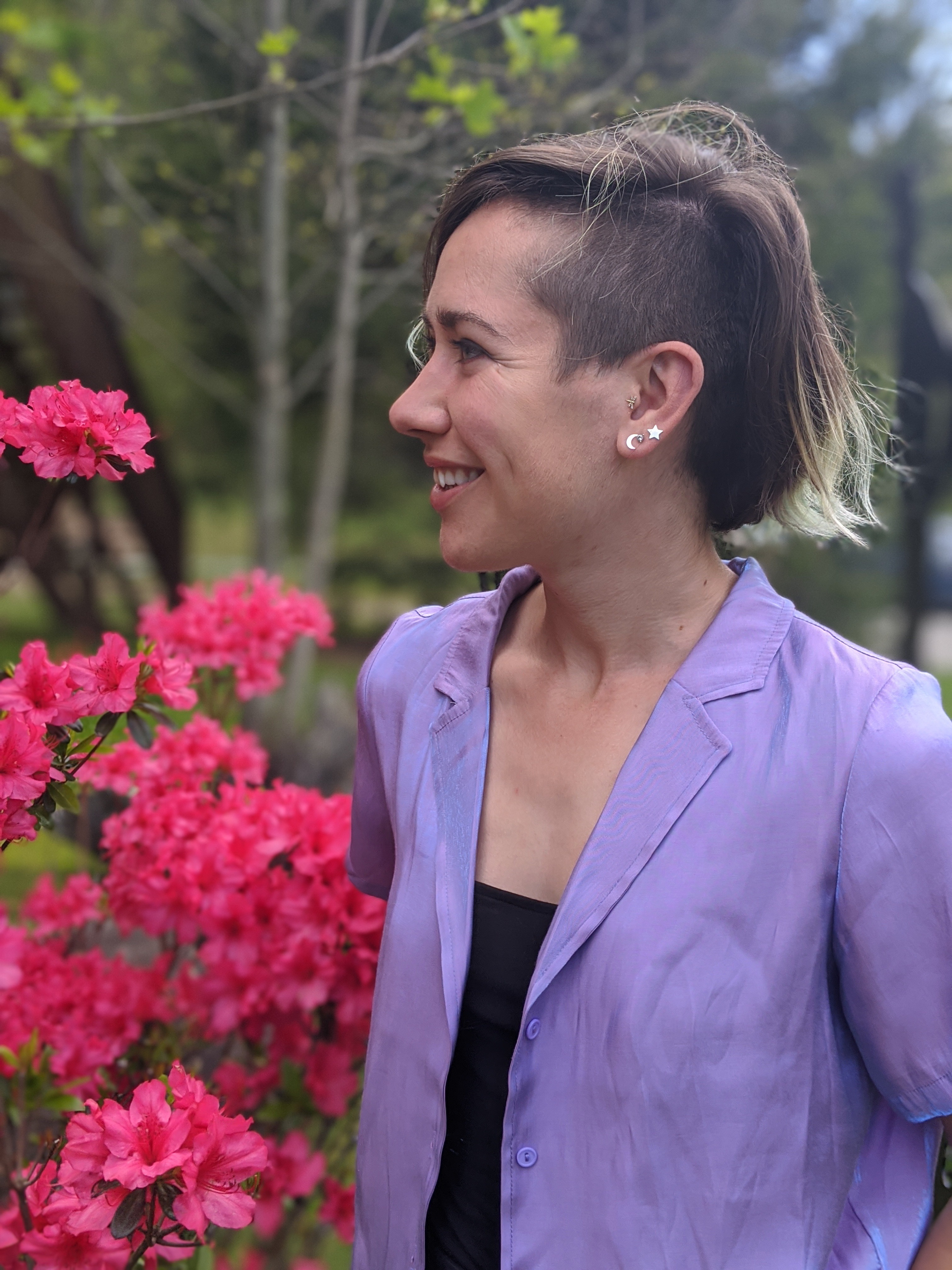'Artificial intelligence is not a miracle cure': Nobel laureate raises questions about AI-generated image of black hole spinning at the heart of our galaxy
Researchers have used an AI model to create a new image of the black hole at the center of our galaxy. But some experts are skeptical of the results.

The monster black hole at the center of our galaxy is spinning at near "top speed," according to a new artificial intelligence (AI) model.
The model, trained partially on complex telescope data that was previously considered too noisy to be useful, aims to create the most detailed black hole images ever. However, based on the questionable quality of the data, not all experts are convinced that the AI model is accurate.
"I'm very sympathetic and interested in what they're doing," Reinhard Genzel, an astrophysicist at the Max Planck Institute for Extraterrestrial Physics in Germany and one of the winners of the 2020 Nobel Prize in physics, told Live Science. "But artificial intelligence is not a miracle cure."
For decades, scientists have been trying to observe and characterize Sagittarius A*, the supermassive black hole at the heart of our galaxy. In May 2022, they unveiled the first-ever image of this enormous object, but there were still a number of questions, such as how it behaves.
Now, an international team of scientists has attempted to harness the power of AI to glean more information about Sagittarius A* from data collected by the Event Horizon Telescope (EHT). Unlike some telescopes, the EHT doesn't reside in a single location. Rather, it is composed of several linked instruments scattered across the globe that work in tandem. The EHT uses long electromagnetic waves — up to a millimeter in length — to measure the radius of the photons surrounding a black hole.
However, this technique, known as very long baseline interferometry, is very susceptible to interference from water vapor in Earth’s atmosphere. This means it can be tough for researchers to make sense of the information the instruments collect.
"It is very difficult to deal with data from the Event Horizon Telescope," Michael Janssen, an astrophysicist at Radboud University in the Netherlands and co-author of the study, told Live Science. "A neural network is ideally suited to solve this problem."
Related: Astronomers discover most powerful cosmic explosions since the Big Bang
Get the world’s most fascinating discoveries delivered straight to your inbox.
Janssen and his team trained an AI model on EHT data that had been previously discarded for being too noisy. In other words, there was too much atmospheric static to decipher information using classical techniques.
Through this AI technique, they generated a new image of Sagittarius A*'s structure, and their picture revealed some new features. For example, the black hole appears to be spinning at "almost top speed," the researchers said in a statement, and its rotational axis also seems to be pointing toward Earth. Their results were published this month in the journal Astronomy & Astrophysics.
Pinpointing the rotational speed of Sagittarius A* would give scientists clues about how radiation behaves around supermassive black holes and offer insight into the stability of the disk of matter around it.
However, not everyone is convinced that the new AI is totally accurate. According to Genzel, the relatively low quality of the data going into the model could have biased it in unexpected ways. As a result, the new image may be somewhat distorted, he said, and shouldn't be taken at face value.
In the future, Janssen and his team plan to apply their technique to the latest EHT data and measure it against real-world results. They hope this analysis will help to refine the model and improve future simulations.

Joanna Thompson is a science journalist and runner based in New York. She holds a B.S. in Zoology and a B.A. in Creative Writing from North Carolina State University, as well as a Master's in Science Journalism from NYU's Science, Health and Environmental Reporting Program. Find more of her work in Scientific American, The Daily Beast, Atlas Obscura or Audubon Magazine.
You must confirm your public display name before commenting
Please logout and then login again, you will then be prompted to enter your display name.


